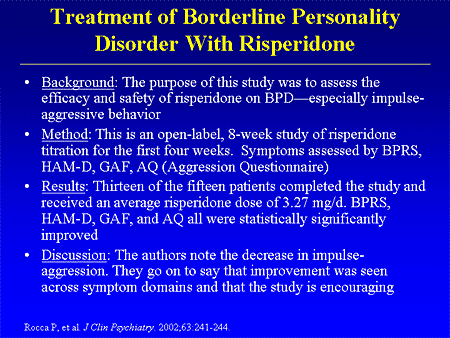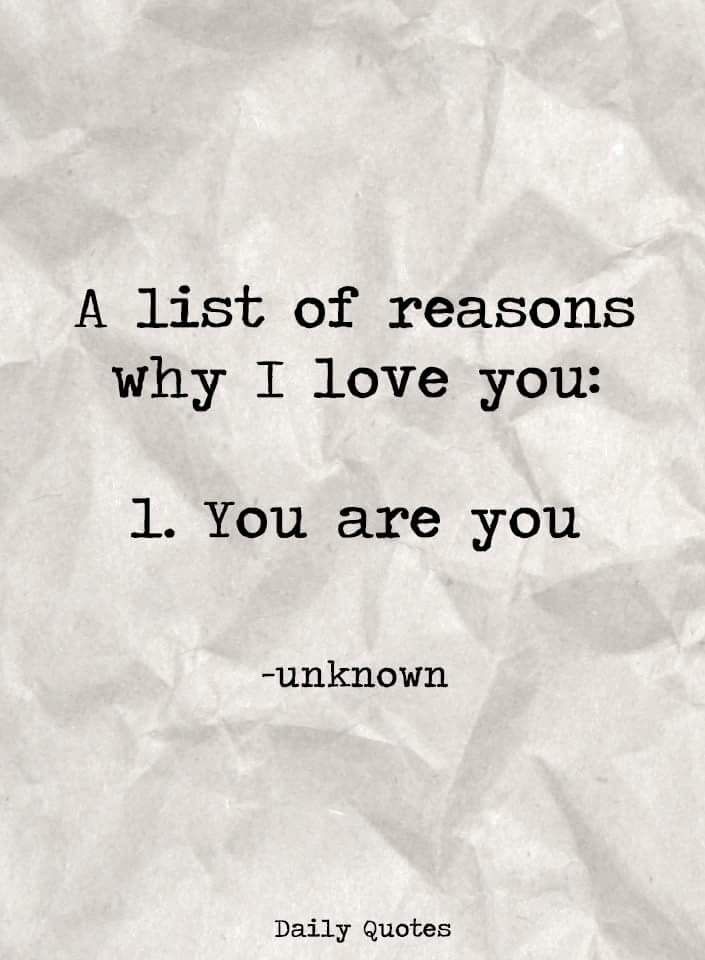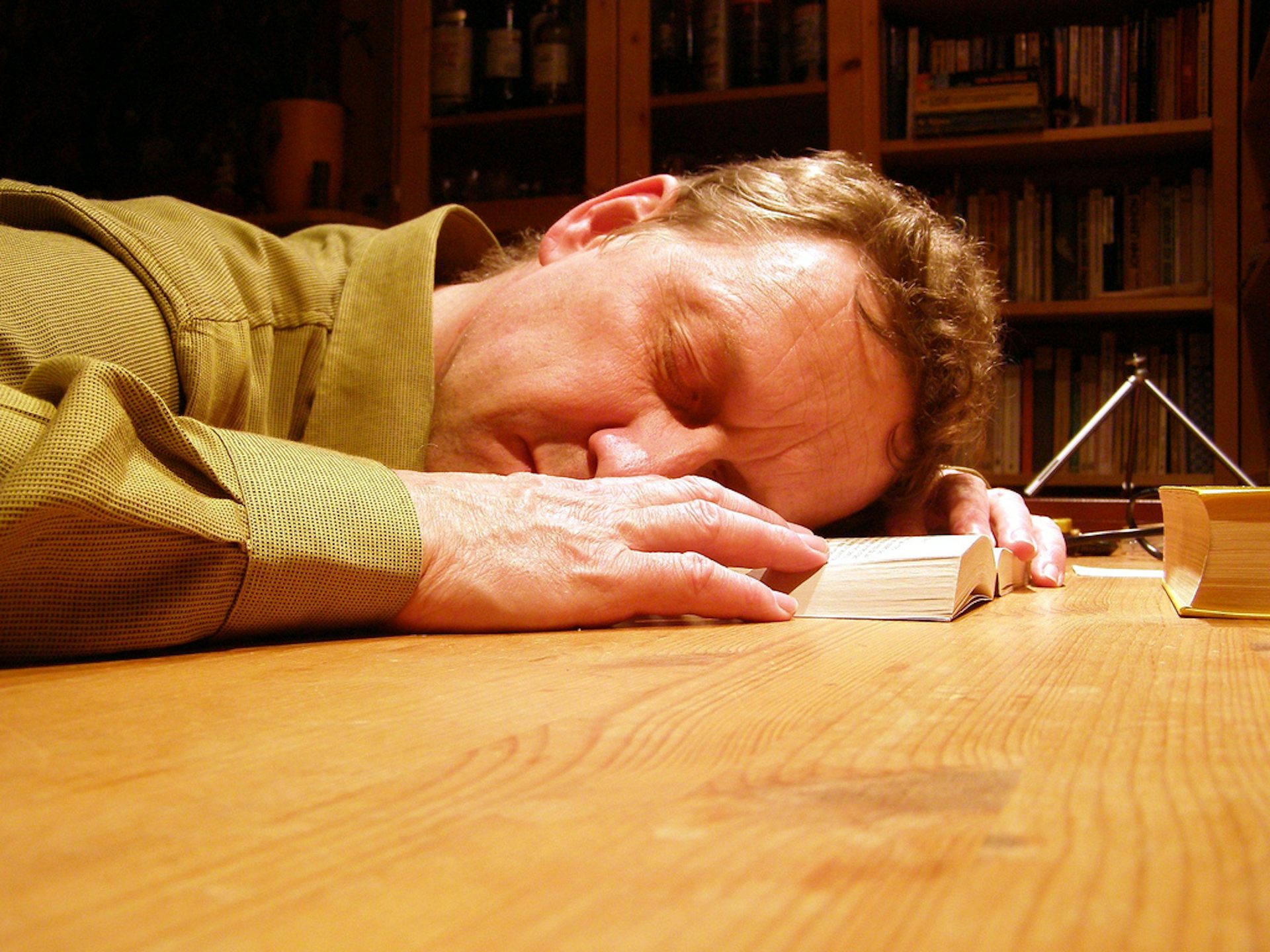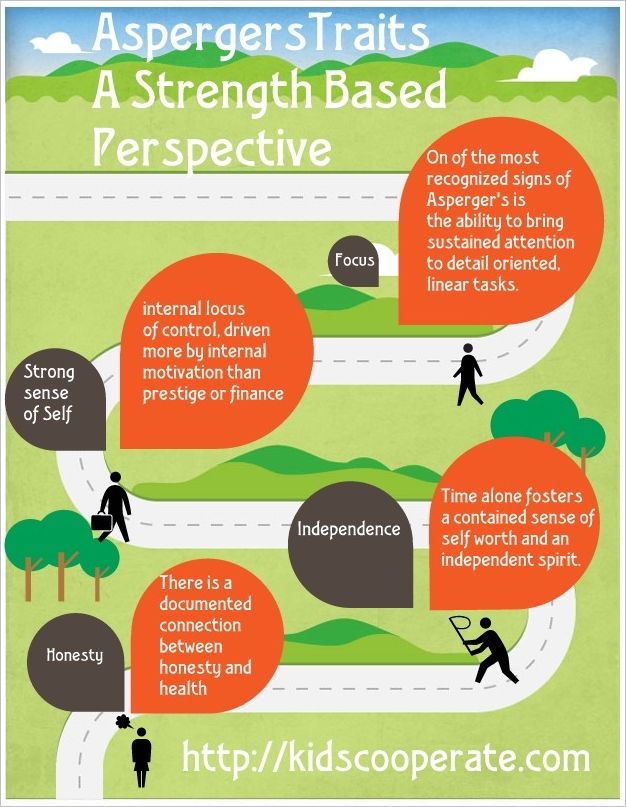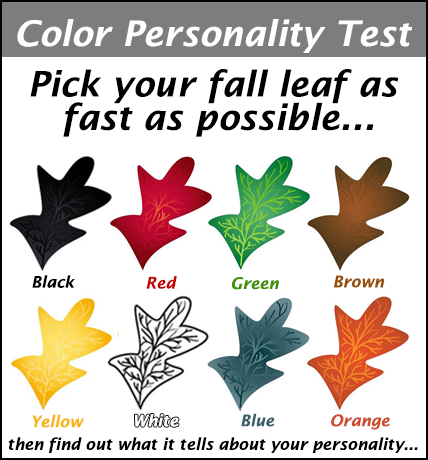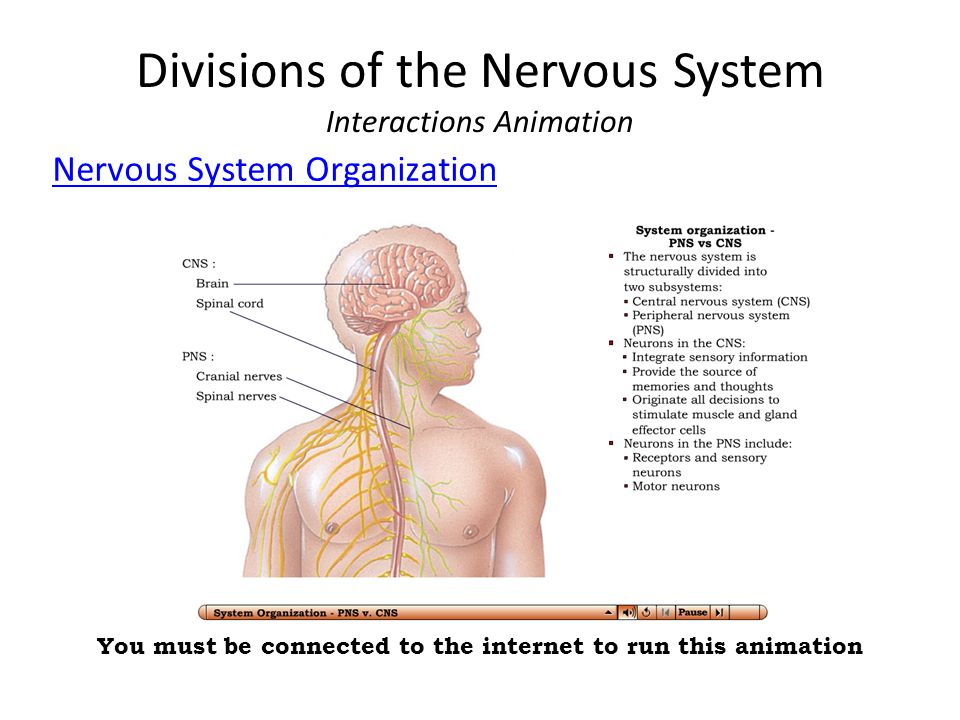I need to heal
10 Tips for Emotional Healing
We experience emotional distress in all sorts of ways—as sadness, anxiety, addictions, unproductive obsessions, unwanted compulsions, repetitive self-sabotaging behaviors, physical ailments, boredom, and various angry, bleak, and agitated moods.
What helps relieve this distress? What helps a person to heal? The mental health system as currently constituted says that the following two things help the most: drugs and talk therapy. Setting those two aside, what else helps? Here are 10 tips for emotional healing:
1. Be yourself
You must be yourself. This means asking for what you want, setting boundaries, having your own beliefs and opinions, standing up for your values, wearing the clothes you want to wear, eating the food you want to eat, saying the things you want to say, and in a hundred other ways being you and not somebody small or false.
2. Invent yourself
You come with attributes, capacities and proclivities and you are molded in a certain environment. But at some point you must say, “Okay, this is what is original to me and this is how I have been formed but now who do I want to be?” You reduce your emotional distress by deciding to become a person who will experience less emotional distress: a calmer person, a less critical person, a less egoistic person, a more productive person, a less self-abusive person, and so on.
3. Love and be loved
Part of our nature requires solitude, alone time, and a substantial rugged individualism. But this isn’t the whole story of our nature. We feel happier, warmer and better, live longer, and experience life as more meaningful if we love and let ourselves be loved. We must be individuals (see tips 1 and 2) but we must also relate. To do both, to both be ourselves and relate, requires that we acknowledge the reality of others, include others in our plans, not only speak but listen, and makes ourselves fit by eliminating our more egregious faults and by growing up.
4. Get a grip on your mind
Nothing causes more emotional distress than the thoughts we think.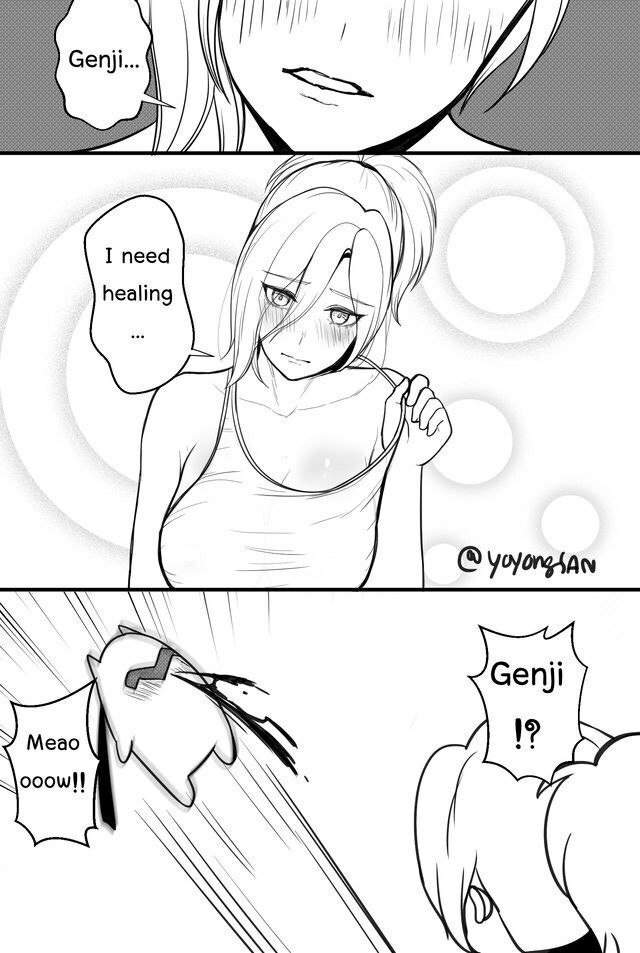 We must do a better job than we usually do of identifying the thoughts that don’t serve us, disputing them and demanding that they go away, and substituting more useful thoughts. Thinking thoughts that do not serve you is the equivalent of serving yourself up emotional distress. Only you can get a grip on your own mind; if you won’t do that work, you will live in distress.
We must do a better job than we usually do of identifying the thoughts that don’t serve us, disputing them and demanding that they go away, and substituting more useful thoughts. Thinking thoughts that do not serve you is the equivalent of serving yourself up emotional distress. Only you can get a grip on your own mind; if you won’t do that work, you will live in distress.
5. Forget the past
We are not so completely in control of our being that we can prevent past sore points from returning. They have a way of pestering us as anxious sweats, nightmares, sudden sadness, and waves of anger or defeat. But we can nevertheless try to exorcise the past by not playing along with our human tendency to wallow there. We must tell ourselves to move on and mean it. If you have a secret attachment to misery, you will feel miserable. As best you can, imperfectly but with real energy, let go of the past and forget the past.
6. Flip the anxiety switch off
Rampant anxiety ruins our equilibrium, colors our mood, and makes all the already hard tasks of living that much harder. There are many anxiety management strategies you might want to try—breathing techniques, cognitive techniques, relaxation techniques, and so on—but what will make all the difference is if you can locate that “inner switch” that controls your anxious nature and, deciding that you prefer to live more calmly, flip it to the off position. With one gesture you announce that you will no longer over-dramatize, that you will no longer catastrophize, that you will no longer live a fearful life or create unnecessary anxiety for yourself.
There are many anxiety management strategies you might want to try—breathing techniques, cognitive techniques, relaxation techniques, and so on—but what will make all the difference is if you can locate that “inner switch” that controls your anxious nature and, deciding that you prefer to live more calmly, flip it to the off position. With one gesture you announce that you will no longer over-dramatize, that you will no longer catastrophize, that you will no longer live a fearful life or create unnecessary anxiety for yourself.
7. Make meaning
Meaning is nothing more arcane than a certain sort of subjective psychological experience. We can have much more meaning in our life if we stop looking for it, as if it were lost or as if someone else knew more about it than we did, and realize that it is in our power to influence meaning and even make it. By making daily meaning investments and by seizing daily meaning opportunities we hold meaning crises at bay and experience life as meaningful. Meaning problems produce severe emotional distress and learning the art of value-based meaning-making dramatically reduces that distress.
Meaning problems produce severe emotional distress and learning the art of value-based meaning-making dramatically reduces that distress.
8. Let meaning trump mood
You can decide that the meaning you make is more important to you than the mood you find yourself in. Rather than saying “I’m blue today” you instead say, “I have my business to build” or “I have my novel to write.” You start each day by announcing to yourself exactly how you intend to make meaning on that day, how you intend to deal with routine chores and tasks, how you intend to relax—how, in short, you mean to spend your day—and you consider all of that, the rich and the mundane alike, as the project of your life, one that you are living with grace and in good spirits. You reduce your emotional distress by checking in more on your intentions and less on your mood.
9. Upgrade your personality
You may not be the person you would like to be. You may be angrier than you would like to be, more impulsive, more scattered, more self-sabotaging, more undisciplined, more frightened. If so, you require a personality upgrade, which of course only you can supply. You choose a feature of your personality you would like to upgrade and then you ask yourself, what thoughts align with this intention and what actions align with this intention? Then you think the appropriate thoughts and take the necessary action. In this way, you become the person capable of reducing your emotional distress.
If so, you require a personality upgrade, which of course only you can supply. You choose a feature of your personality you would like to upgrade and then you ask yourself, what thoughts align with this intention and what actions align with this intention? Then you think the appropriate thoughts and take the necessary action. In this way, you become the person capable of reducing your emotional distress.
10. Deal with circumstances
Would you experience more distress sunning yourself at the beach or facing a long jail sentence? Circumstances matter. Our economic circumstances matter; our relationships matter; our work conditions matter; our health matters; whether our nation is at peace or occupied by invaders matters. Many circumstances are completely out of our control and many are within our control. We can change jobs or careers, we can divorce, we can reduce our calorie intake, we can stand up or keep quiet, we can do exactly as much as we can do to improve our circumstances. As a result of those improvements, we feel emotionally better. Emotional healing requires that you take real action in the real world.
As a result of those improvements, we feel emotionally better. Emotional healing requires that you take real action in the real world.
Who knows if we are in the throes of a “new depression epidemic” or a “new anxiety epidemic” or whether keen emotional distress has been a significant feature of human existence from the beginning? What is different now is that the paradigm of self-help is completely available to anyone who would like to reduce his or her emotional distress. You can understand yourself; you can form intentions and carry them out; you can learn from experience; you can grow and heal. Naturally, none of this is true if you are unwilling to do the work required. But if you are, you have an excellent chance of reducing your emotional distress and experiencing genuine emotional health.
How to Heal Yourself Emotionally: A Powerful 10-Step Guide
Last Updated on January 14, 2023
This post contains affiliate links.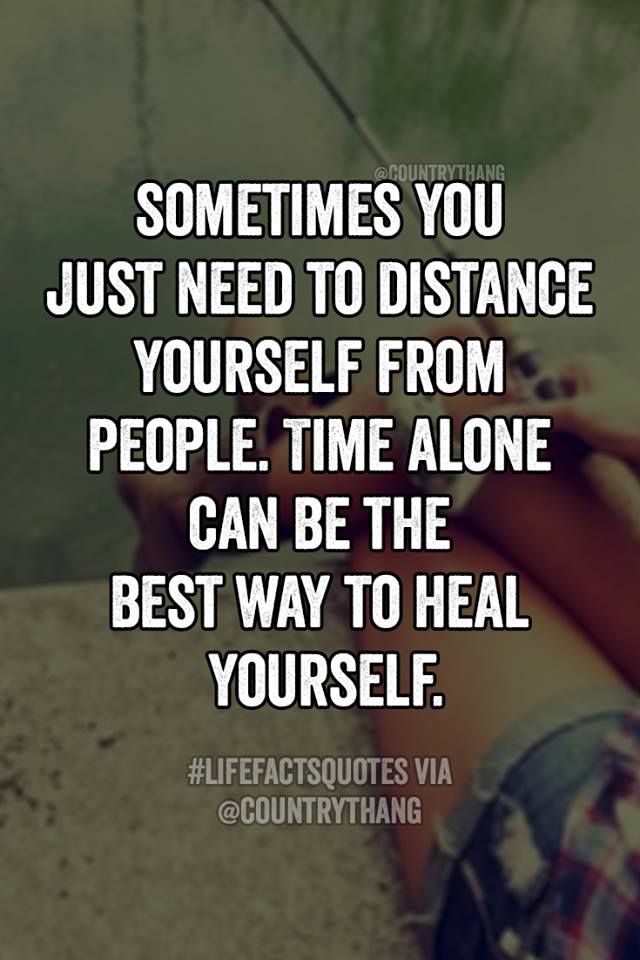 Click here to read the full disclosure.
Click here to read the full disclosure.
If you have experienced anything in the past that has left you feeling hurt, disappointed, or inadequate, you are walking around with unresolved emotional problems. It may be after a traumatic or difficult experience in your life, like the loss of a loved one, illness, end of a relationship, etc. You may think you are effectively masking your emotions and that those repressed feelings don’t affect your everyday life, but let me tell you, that is not the case.
In today’s post, you’ll learn why emotional healing is crucial, the stages you will go through in the process, and the signs of emotional healing. Lastly, you’ll find a powerful step-by-step guide on how to heal yourself emotionally after a breakup or from any deep emotional wounds that need healing.
Table of Contents
Why Is Emotional Healing Important?
Have you ever met an angry or rude cashier who looks like they will explode with anger at any moment? Have you dealt with a colleague who seems depressed or has sorrowful energy? Or maybe you have held back from sharing your business idea with others because you suspected that they wouldn’t take you seriously?
All of these issues are caused by unresolved emotional problems that need healing. Whether you are aware of it or not, I am willing to bet that you still carry factors that hinder your success. Unless you have a high understanding of your inner self and know how to emotionally heal yourself, you are likely to slow down potential success due to your problems.
Whether you are aware of it or not, I am willing to bet that you still carry factors that hinder your success. Unless you have a high understanding of your inner self and know how to emotionally heal yourself, you are likely to slow down potential success due to your problems.
Women usually conceal their emotional pain with sadness, irritableness, or hardening attitudes. While men usually show their pain through exaggerated toughness, anger, or superego.
It may also show up, both for men and women, as arrogance or avoiding relationships, which may cause them to get hurt again in the future.
Now, the good news is that you can heal yourself. You can completely get rid of any emotional wounds, pain, and unresolved hurt, by learning the steps to heal yourself emotionally with the right emotional healing techniques. However, this will not happen overnight. Healing old emotional wounds takes time.
5 Stages of Emotional Healing
In a healing process, you go through different stages. The stages may vary from person to person, but in general, there are five stages.
The stages may vary from person to person, but in general, there are five stages.
The five stages of emotional healing include:
- Suffering – You are in denial and dishonoring your painful emotions.
- Awareness – You can name what you feel, how you feel, and why you feel a particular emotion.
- Confrontation – You confront the emotions you were avoiding and face your emotional pain.
- Expression – You express your emotions by crying if you feel sad, screaming if you feel angry, or doing whatever you need to do.
- Acceptance – You have healed yourself emotionally. You have mastered your undesirable emotions, and the pain is gone.
Signs of Emotional Healing
The signs of emotional healing come as a subtle change, but over time you’ll be able to look back and see how far you’ve come.
Some signs of emotional healing to look out for include:
- You start to have more positive thoughts and feel excited about future plans.

- Your health is improving and you take better care of yourself by eating healthy, moving your body, and focusing on better sleeping routines.
- You begin to step out of your comfort zone and build your self-confidence.
- You feel more energized and in a better mood.
- You understand that bad days are only temporary and that it is normal to feel sad sometimes.
- Your life seems to get better, and you are ready to take the necessary steps to create the life you want.
How to Heal Deep Emotional Wounds Step-by-Step
Below are the 10 necessary steps you’ll have to follow to heal yourself emotionally. By following the steps, you will finally learn how to release emotional pain from your body, so you can start the process of healing the emotional wounds that you have been carrying.
Read until the end as every step is crucial in your emotional healing process.
1. Recognize Your Emotions
First, you have to recognize that incomplete pain or other emotions are present. Are you feeling sad, angry, hurt, betrayed, or disappointed?
Are you feeling sad, angry, hurt, betrayed, or disappointed?
2. Find the Source of Your Pain
The next step is to become aware of your emotions. You have to find the root cause of your pain.
When did the pain start? What people is it associated with? When was the last time you didn’t feel this emotional pain?
3. Fully Realize Your Emotional Wounds
You now have to become fully aware of the depth of the pain you feel. How severe is the pain when you let yourself feel it? Where do you carry that pain?
4. Ask Yourself How It Made You Feel
It’s time to ask yourself how the pain you carry has made you feel.
What conclusions did you draw about yourself? Did it make you feel stupid, embarrassed, scared, shameful, etc?
How are you attached to what happened? Are you punishing yourself? Are you self-sabotaging? Did it make you feel unworthy or not good enough?
5. Remember the Negative and Positive
Everything in life has two sides to it, good and bad.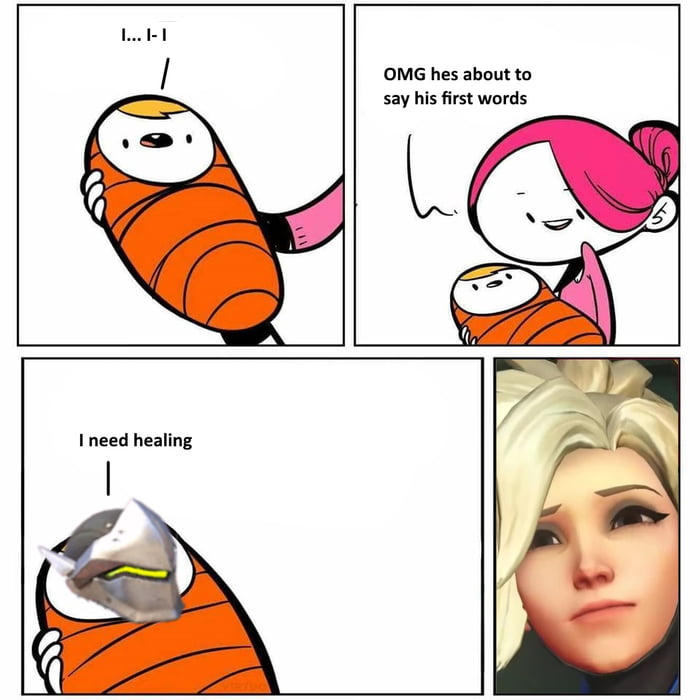 I now want you to try remembering both the negatives and positives you have experienced.
I now want you to try remembering both the negatives and positives you have experienced.
What lessons have you learned? What blessings did you get from the pain?
6. Express Your Pain
The next step in the emotional healing process is to express your pain. All this pain you have been carrying inside must come out. It’s a crucial step in learning how to release emotional pain from your body.
Let all the painful feelings you have stored inside come out, without harming yourself or anyone else. Go deep, beyond anger. Write it, scream it (into a pillow or in the woods), paint it, or any technique that works for you to express your pain.
7. Redefine Your Reality
It’s time to redefine your reality. Are you living the life you truly want to live? Is it time to make some changes?
Reflect on what you want from life and what steps need to be taken to achieve it.
The trick is to do it with a positive mindset. Believe you can achieve anything you put your mind to. Visualize the life you want, as it’s already yours. If you want to learn how to visualize to get what you want in life, I recommend you check out this post.
Visualize the life you want, as it’s already yours. If you want to learn how to visualize to get what you want in life, I recommend you check out this post.
8. Emotional Healing Meditation
The next step to healing emotional pain is to meditate. Meditation is highly beneficial for both emotional healing, as well as emotional resilience. It’s also one of the best ways to release pain, develop self-awareness, and connect with yourself.
If you need guidance with meditation for emotional healing, I recommend you check out Tara Brach’s “Meditations for Emotional Healing”. It’s a collection of insights and practices to bring compassion, clarity, and understanding wisdom to our emotional lives, instead of expressing or suppressing them in unhealthy ways.
As Tara puts it when we touch what is painful with awareness, the armoring around our heart melts and we become more tender and kind. Meditations for Emotional Healing is an invitation to return to our natural state at peace with what is energetically whole and spiritually free.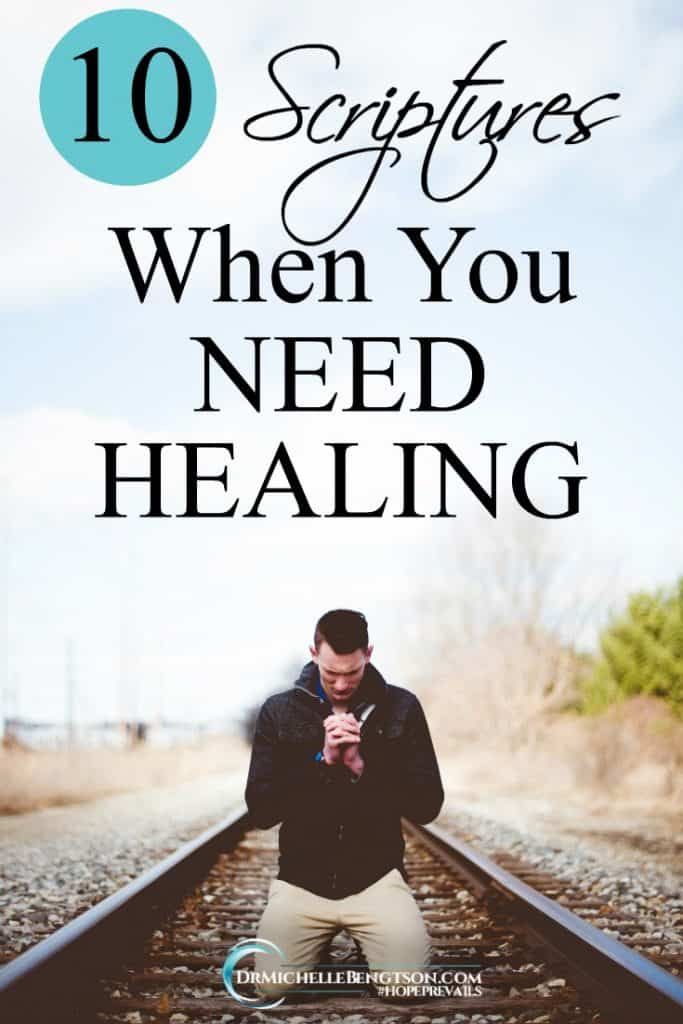
9. Forgive Yourself and Others
Forgive yourself and other people involved. That can be challenging for many but is a crucial step if you want to heal yourself emotionally.
You have been hurt by someone that didn’t know better or acted on what they thought was right at the time.
Even if they seemed to hurt you deliberately, they only did what they knew to do at the time, which might have been the best they could at that time.
Try to write a letter to everyone who has not yet been forgiven. You don’t need to give them the letters, but just writing down what you would have wanted to tell them can be helpful in the process of forgiveness.
You can also ask a friend to pretend to be that person and listen to what you say or talk it out loud with yourself. Do what you must do to forgive, in a way that feels safe and comfortable for you.
SEE ALSO:
- How to forgive and stop holding grudges
10. Let It Go
Follow all these steps, and you will be released from the emotional pain you carry. The best way is to carefully consider each step and write them down on a piece of paper.
The best way is to carefully consider each step and write them down on a piece of paper.
Once you finish the nine first steps in the healing process, let it go. Burn the piece of paper. Tear it up. Bury it. Perform some rituals that represent letting go.
Make every effort to emotionally get rid of the obstacles of the fearless life you deserve to be living. It’s time to heal yourself from the past and take control of your thoughts, feelings, and emotions.
If you enjoyed this post on how to heal yourself emotionally, I would be very grateful if you spread the word by sharing it on Twitter, Facebook, or Pinterest! Thank you!❤️
SEE ALSO:
- How to heal your inner child
- How to heal from trauma
- How to build emotional resilience
- The dark night of the soul symptoms & how to cope
📌 PIN THIS POST FOR LATER
Sara
Hello, my name is Sara, and the founder of Spiritvibez. Healing, spirituality, holistic wellness, and personal development have played huge factors in how I transformed my life. I used to struggle mentally, and at my lowest, in 2016, I was admitted to a psychiatric hospital. Since then, I have been working hard on discovering what I truly want in life, trying to find happiness and inner peace. Now I am living my best life, and I want to share what I have learned so far on my journey to help others in similar situations.
Healing, spirituality, holistic wellness, and personal development have played huge factors in how I transformed my life. I used to struggle mentally, and at my lowest, in 2016, I was admitted to a psychiatric hospital. Since then, I have been working hard on discovering what I truly want in life, trying to find happiness and inner peace. Now I am living my best life, and I want to share what I have learned so far on my journey to help others in similar situations.
Tagged deep emotional healingemotionalemotional healinghealheal yourself emotionallyhealinghow to heal deep emotional woundshow to heal emotional painhow to heal yourself emotionally after a breakuphow to heal yourself mentally and emotionallyhurtpainrecoverself-healingsigns of emotional healingstages of emotional healingstart healing yourself
reasons, how to quickly cure, whether to see a doctor
We are accustomed to associate colds with fever. But sometimes a person has all the signs of SARS, and the body temperature remains normal. Because of this, it seems that the condition is not serious, and you can ignore it. Let's talk about whether it is necessary to treat a cold without fever, and when to see a doctor.
Because of this, it seems that the condition is not serious, and you can ignore it. Let's talk about whether it is necessary to treat a cold without fever, and when to see a doctor.
Why there is no fever during a cold
The temperature rises when pyrogens accumulate in the body. Pyrogens are infectious - they include the toxins of viruses and metabolic products of microorganisms. There are also non-infectious pyrogens - these are substances that enter the body from the environment or arise during inflammation or allergies. When pyrogens interact with cells of the immune system, they provoke the production of secondary pyrogens - cytokines. They act on the thermoregulatory center in the brain and increase body temperature. The more pyrogens, the higher the temperature, and vice versa. The amount of these substances in the blood depends on the type of pathogen and the response of the immune system. nine0003
Symptoms of a viral infection usually appear 1-3 days after infection.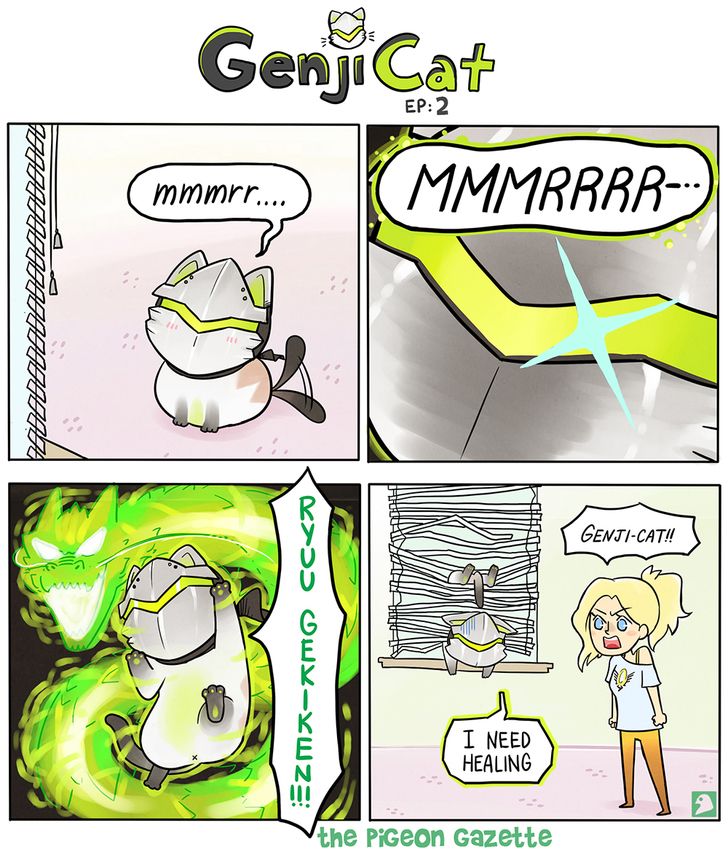 SARS can occur with subfebrile fever - up to 37.2ºС, or no temperature at all 1 . In this case, other symptoms of a cold appear: headache, muscle pain, runny nose and nasal congestion, sore throat, cough and fatigue 2 . These signs usually resolve within 4–10 days, although the cough may persist for 14 days or longer 3 .
SARS can occur with subfebrile fever - up to 37.2ºС, or no temperature at all 1 . In this case, other symptoms of a cold appear: headache, muscle pain, runny nose and nasal congestion, sore throat, cough and fatigue 2 . These signs usually resolve within 4–10 days, although the cough may persist for 14 days or longer 3 .
The absence of fever is usually associated with an immune system reaction. This happens if the pathogen is non-aggressive, and the body fights it with milder methods. As a result, inflammation-controlling substances, including pyrogens, are produced in small amounts and do not affect body temperature. The temperature will not rise if a person has already suffered a similar disease, and antibodies to the infectious agent remain in the body. nine0003
If the patient is already taking drugs that can suppress the temperature, it may also not rise. These include non-steroidal anti-inflammatory drugs, that is, NSAIDs.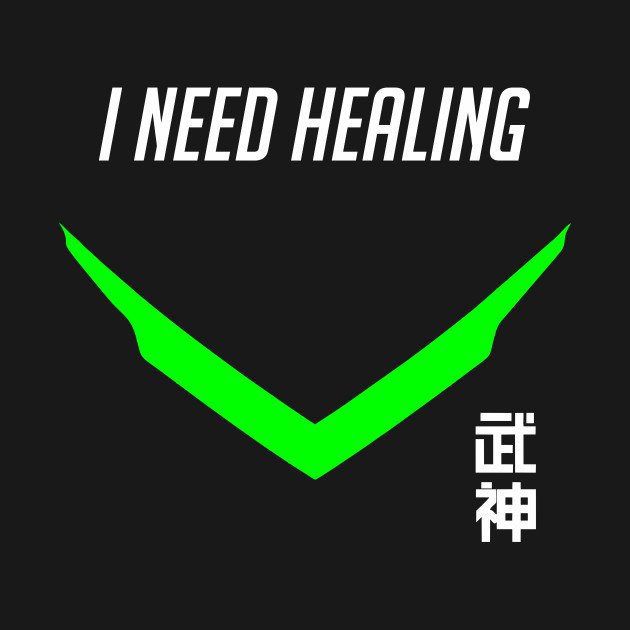
What is the danger of a cold without fever
There is an opinion that a cold without fever does not require treatment. This is not so, because dangerous complications do not develop due to fever, but under the action of the infectious agent on internal organs and systems. At the same time, it is easy to miss the worsening of the condition, since many people treat the disease without fever carelessly - they carry it on their feet and do not take medicine. nine0003
Possible complications 4 :
● vascular pathology — increased blood pressure, impaired kidney function;
● exacerbation of bronchial asthma;
● otitis media;
● sinusitis 5 ;
● increased blood clotting;
● thrombosis - blockage of blood vessels by a thrombus;
● vasculitis - inflammation of blood vessels;
● gastroenterocolitis - inflammation of the stomach and intestines; nine0003
● encephalitis - inflammation of the brain;
● meningitis - inflammation of the membranes of the brain;
● myocarditis - inflammation of the muscular layer of the heart;
● cytokine storm - a sharp increase in the concentration of inflammatory substances in the blood, which leads to death.
A cold without fever can trigger an infectious process that has been in the body for a long time, but has not manifested itself in any way - for example, when carrying Staphylococcus aureus 6 .
When to see a doctor
You should definitely see a doctor if:
● symptoms unusual for a cold, such as a rash, have joined;
● symptoms persist for more than 10 days.
● A person with a high risk of developing complications is ill. These include pregnant women, those with diabetes, asthma and other chronic illnesses, and people over 65 years of age 7 .
Uncomplicated colds can be treated at home. nine0003
How to treat a cold without fever
Treatment of a cold starts with replenishing fluid in the body. The patient needs to drink 20–40 ml/kg of body weight per day. Not only water is considered, but also tea, unsweetened compote, fruit drink. Drinking should be warm - this helps to reduce intoxication and speed up recovery.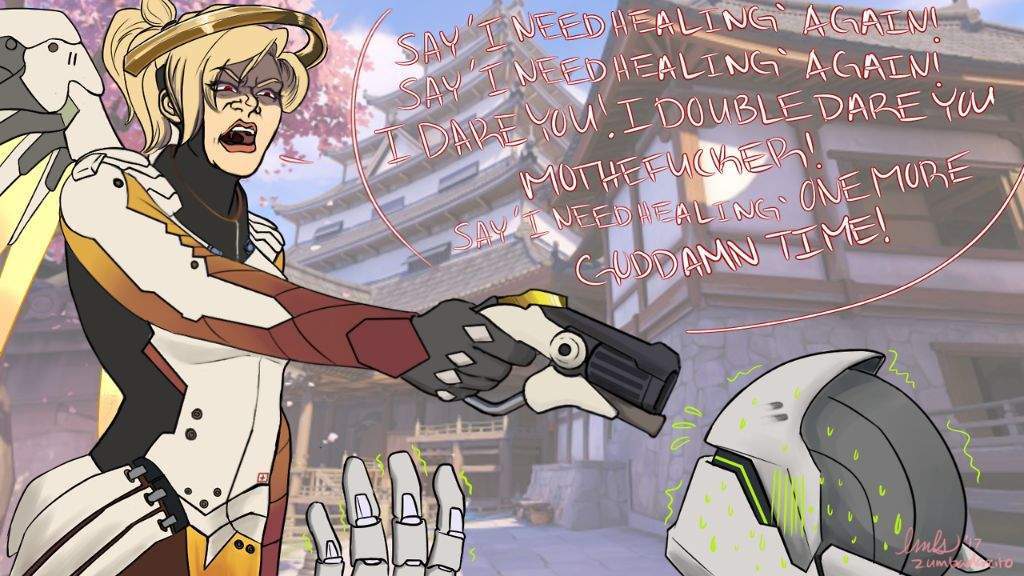
90% of colds are caused by viruses and only 10% by bacteria 8 . Therefore, antiviral drugs and drugs that relieve symptoms are used for treatment.0009 9 .
Despite the absence of fever, it is important to start taking antiviral drugs at the first symptoms of SARS. These drugs will help eliminate the cause of the disease and speed up recovery. One of the examples of modern antiviral drugs are Nobasit ® and Nobasit ® Forte. Nobasit ® reduces the acute clinical manifestations of viral intoxication and helps to reduce the duration of the disease 10 . Research on the basis of the Research Institute of Influenza. A.A. Smorodintseva showed that the use of Nobasit reduces the severity of ARVI manifestations (headache, sore throat, cough, nasal congestion, etc.), and also reduces the duration of the disease by 24 hours 11 .
Antiviral drugs 12 :
● M2 channel blockers. Interfere with viral replication by damaging the viral protein in infected cells. However, these drugs are not always effective because most viruses have developed resistance to these drugs.
Interfere with viral replication by damaging the viral protein in infected cells. However, these drugs are not always effective because most viruses have developed resistance to these drugs.
● Neuraminidase inhibitors. Block one of the main enzymes of the virus responsible for its replication (reproduction). The drug disrupts the ability of viruses to penetrate into healthy cells and stops the release of virions from infected ones. nine0003
● Haemagglutinin inhibitors. Hemagglutinin is a protein on the surface of the virus. Blocking it prevents the virus from entering the cells of the body, making infection impossible.
● Leukocyte interferons. Preformed antiviral proteins that act like natural immune agents but become ineffective with long-term use and may cause side effects.
● Interferon inducers. nine0109 Stimulate the production of its own interferon in the body, enhancing immunity and reducing efficiency with prolonged use;
Antibacterial therapy is connected only if the bacterial nature of the disease is proven or a bacterial infection has joined the viral infection.
Signs of bacterial infection:
● procalcitonin value above 0.5 ng/ml;
● more than 10*109 leukocytes/l;
● pus in sputum or nasal mucus. nine0003
Broad-spectrum antibiotics are also given if tests have not been done, but symptoms worsen or persist by day 5–7.
Use topical moisturizers for a runny nose. These include saline solutions - isotonic if the nose is running, or hypertonic - more salty when the nose is blocked. You can also rinse the nose with warm isotonic sodium chloride solution. This helps to wash pathogens from the nasal mucosa, moisturize the nasal mucosa and remove excess mucus. nine0003
Non-steroidal anti-inflammatory drugs such as NSAIDs can be used to relieve symptoms 13 . They are used for colds without fever as a remedy for pain, inflammation and swelling 14 .
Prevention measures
The best prevention is to prevent the pathogen from entering the body 15 :
● wash hands with soap and water;
● use disposable tissues when sneezing and coughing;
● Use disposable medical masks and respirators in crowded areas; nine0003
● irrigate the nasal mucosa with isotonic sodium chloride solution;
● Clean objects and surfaces used by a sick or potentially infectious person with disinfectants 16 .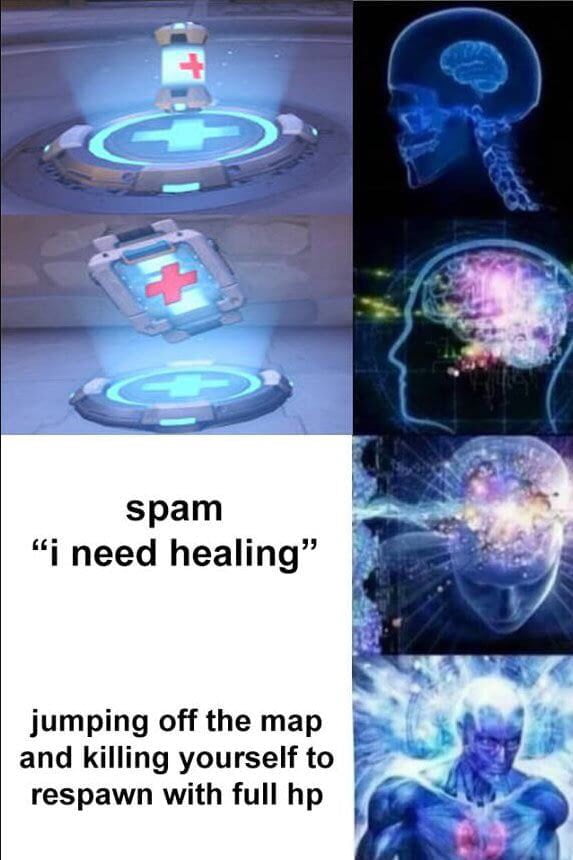
Additional prevention of the common cold is taking immunomodulatory drugs during the period of rising incidence, that is, from October to March 17 . Only substances that act as interferon inducers are suitable for this. Their effectiveness does not decrease with long-term use, unlike leukocyte interferons. nine0003
Essentials at a glance
➢ A cold can occur without a fever - it depends on the reaction of the immune system. Even the temperature will not rise if the patient is already taking drugs that reduce the temperature - antibiotics, NSAIDs and others.
➢ A cold without fever is dangerous because it is easy to miss worsening.
➢ It is best to see a doctor if symptoms get worse or don't go away after 10 days, or if you are at high risk of cold and flu complications. nine0003
➢ Colds without fever are treated with symptomatic and antiviral drugs. Antibiotics are connected only with the specified bacterial nature of the disease or the addition of a bacterial infection.
➢ To prevent the disease, you must follow the rules of personal hygiene, use disposable masks and respirators, disinfect objects and surfaces that a potentially sick person has touched, and irrigate the nasal mucosa with isotonic sodium chloride solution. nine0003
1 Ministry of Health of the Russian Federation. Prevention, diagnosis and treatment of novel coronavirus infection (COVID-19): Interim guidelines.
2 Infectious diseases: National guidelines / Ed. N.D. Yushchuk, Yu.Ya. Vengerov. M.: GEOTAR-Media, 2009.
3 https://www.msdmanuals.com/en-gb/home/infections/respiratory-viruses/common-cold
4 Ministry of Health of the Russian Federation. Prevention, diagnosis and treatment of novel coronavirus infection (COVID-19)): Temporary guidelines.
5 https://www.msdmanuals.com/en-gb/home/infections/respiratory-viruses/common-cold
6 Salivonchik E.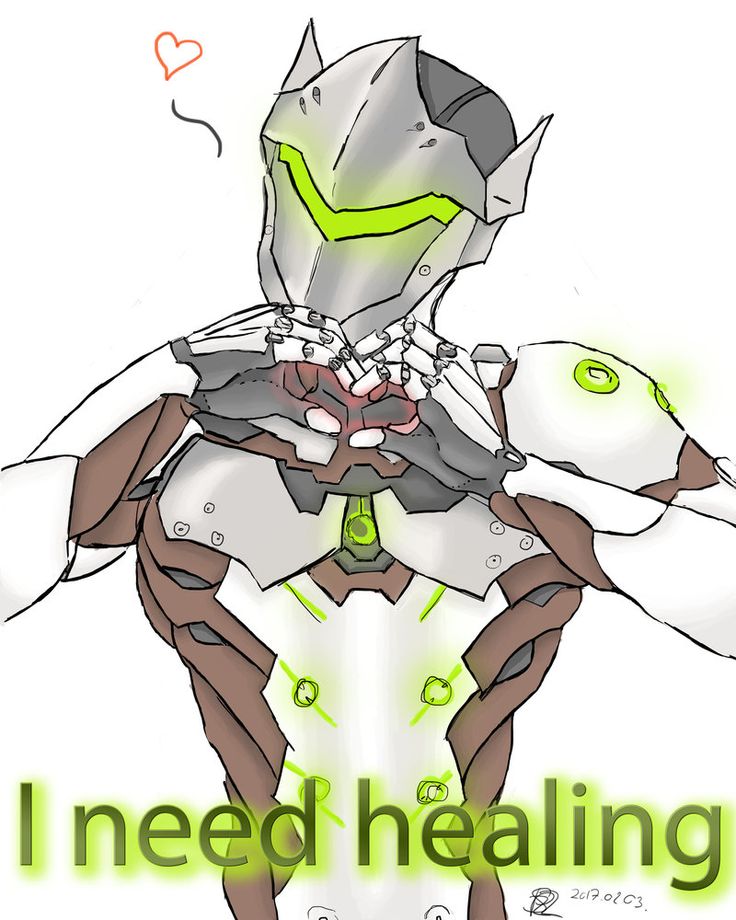 I. Modern aspects of the treatment of acute respiratory infections of the upper respiratory tract during COVID-19 “Otorhinolaryngology. Eastern Europe” 2021;1(11):93-106.
I. Modern aspects of the treatment of acute respiratory infections of the upper respiratory tract during COVID-19 “Otorhinolaryngology. Eastern Europe” 2021;1(11):93-106.
7 https://www.cdc.gov/features/rhinoviruses/
8 Salivonchik E.I., Salivonchik D.P. Modern aspects of the treatment of acute respiratory infections of the upper respiratory tract during COVID-19"Otorhinolaryngology. Eastern Europe” 2021;1(11):93-106.
9 Fashner J, Ericson K, Werner S. Treatment of the common cold in children and adults. Am Fam Physician. 2012 Jul 15;86(2):153-9.
10 Instructions for medical use of the drug Nobasit ® LP-003508, Nobasit ® Forte LP-006416
11 E.V., Evaluation of the effectiveness of the ARVI treatment regimen, including etiotropic (enisamia iodide) and symptomatic therapy // Therapeutic archive No. 3 - 2020.
12 Salivonchik E.I., Salivonchik D.P. Modern aspects of the treatment of acute respiratory infections of the upper respiratory tract during COVID-19 “Otorhinolaryngology. Eastern Europe” 2021;1(11):93-106.
Modern aspects of the treatment of acute respiratory infections of the upper respiratory tract during COVID-19 “Otorhinolaryngology. Eastern Europe” 2021;1(11):93-106.
13 Martynov A.I., Malyavin A.G., Zhuravleva M.V. et al. Consensus of the RNMOT expert council “Improving the results of the treatment of respiratory tract infections”. Preventive medicine. 2019;22(4).
14 Rozhdestvensky D.A. Clinical pharmacology of analgesics-antipyretics: ibuprofen and its place among modern over-the-counter drugs. Medical business: scientific and practical therapeutic journal. 2016;3(49):16-30.
15 Ministry of Health of the Russian Federation. Prevention, diagnosis and treatment of novel coronavirus infection (COVID-19): Interim guidelines.
16 https://www.msdmanuals.com/en-gb/home/infections/respiratory-viruses/common-cold
17 Kharlamov, V.F. Uchaikin, O.V. Kladova, S.L. Bevza. The use of the drug pidotimod in acute respiratory infections in frequently ill children. Questions of modern pediatrics. 2009;2(8):27-33.
Questions of modern pediatrics. 2009;2(8):27-33.
About the product Download instructions
How to cure SARS in 2 days and what to do if a colleague gets sick: stupid but important questions about a cold
Health
Philip Kuzmenko, a general practitioner and author of a popular medical blog, answers the most common questions about SARS in a detailed educational program: what medicines are worth spending money on and which ones are better to forget about, what to do if you were sneezed on the bus and who needs to wear masks - sick people or healthy people. nine0262
What is a cold?
Colds and SARS (that is, an acute respiratory viral infection) are one and the same. Western colleagues often call it a syndrome or symptom complex, which includes a combination (in different combinations) of such symptoms as: nasal congestion with mucus discharge from it, cough, sore throat, headache and general intoxication (fever, malaise).
How long can you normally catch a cold?
The number of episodes in children worldwide ranges from 6 to 8 per year, in adults 2-4, but may be more. In the event that the disease ends without the addition of a bacterial infection (proven by blood tests and a doctor's examination), then there is nothing to worry about. nine0003
What causes a cold?
Colds are caused by viruses. Once again: viruses, not bacteria! And there are a lot of these viruses. Catastrophically many, more than 200 types of viruses can cause SARS. In 50% of cases, the causative agent is rhinoviruses (of which there are more than 100 types!). But besides them, there are also coronaviruses, adenoviruses, enteroviruses, influenza and parainfluenza viruses. Infection with these viruses (even the flu virus) quite often proceeds under the guise of a typical cold, and the symptoms are so similar that it is simply impossible to distinguish them from ARVI caused by the classic rhinovirus. Yes, this does not make sense, since in most cases the infection ends in recovery without complications. nine0003
nine0003
What is the easiest way to catch a cold?
ARVI is transmitted in two main ways. Firstly, by contact, that is, through the hands. The virus can remain active on hands up to 2 hours after shaking hands with a cold-infected person, so be on the lookout. Also, do not grab objects that the infected person has touched, as the virus lives well on them. Those who rely on antibacterial hand gels may be disappointed - they will not save you. Which is generally obvious: after all, they are against bacteria, not viruses. And rubbing your hands with an antiseptic, you simply smear viruses on them, which do not cease to be contagious from this. Much better is adequate and frequent hand washing with ordinary soap. nine0003
Secondly, ARVI is transmitted by airborne droplets. Ride in public transport with a peddler - get it, sign it. So if you're already sick and don't want to infect others, wear a surgical mask (and don't forget to change it often). It will reduce the spread of the virus around you. But for healthy people, a mask will not help to protect against the source of infection, alas.
But for healthy people, a mask will not help to protect against the source of infection, alas.
By the way, the results of numerous studies have shown that the first way of transmitting SARS, that is, through the hands, is much more reliable. The chances of catching a cold if someone sneezes near you are much less than if you touch your face with unwashed hands. For example, after visiting public places where there may have been contact with an infected object, etc.
How long is a person contagious?
Studies have shown that a person poses the greatest danger on the second or third day after the onset of the first symptoms of the disease. And it can remain contagious up to two weeks after the disease - now it is clear where the SARS epidemics come from?
My colleague has a cold. What should I do?
First, ask him to take sick leave and lie down at home for a few days to prevent an epidemic in your office. It’s good when it’s established in the team that SARS is a reason not to come to work. If the hospital colleague does not go out, then tactfully suggest that he put on a mask and change it every 3 hours. This measure does not guarantee that you will not become infected, but it can help limit the spread of the virus. And stay away from the patient: no handshakes and touching his things, as they also become a source of the spread of the virus. If you have already taken something from his table, do not touch your face after that and wash your hands immediately. Before the first symptoms appear, it is difficult to say whether an infection has occurred or not. So when you get home, calmly go about your business and, if possible, go to bed earlier. There are no measures to destroy the virus that has already entered the body. So all hope for your immunity. nine0003
What contributes to SARS?
Surprisingly, there is still no scientific basis for the popular notion that cold climates increase susceptibility to colds. For example, in a study involving Antarctic workers, it was shown that the frequency of cold episodes in men who had already spent 6 months at the south pole was exactly the same as in people who had just arrived in the harsh climate of Antarctica. What definitely contributes to a cold is lack of sleep and stress. But it reduces the likelihood of getting sick - regular physical activity. nine0003
What definitely contributes to a cold is lack of sleep and stress. But it reduces the likelihood of getting sick - regular physical activity. nine0003
When do the first symptoms of a cold appear?
Usually 24-72 hours after infection. That is how much the incubation period usually takes, although it can be reduced to 10-12 hours. The duration of illness is usually 3-10 days, but may be longer, depending on the condition of the patient. For example, in smokers, 25% more often than in non-smokers, the ARVI period stretches to two weeks.
What are the symptoms of a cold?
Everyone knows this well: nasal congestion and mucus from it (most often this is where it all starts), then pain in the throat and cough join. Quite often, all this proceeds under the sauce of lethargy, weakness, malaise, headaches and fever. Combinations of symptoms are very variable and depend on the age of the person, the state of the immune system, the presence of chronic diseases and other things. nine0003
How to make a diagnosis?
In the vast majority of cases, a clinical diagnosis is made, that is, simply based on the symptoms and condition that the patient is currently experiencing. With classic cold symptoms, no swabs, nasal cultures, blood tests, x-rays, or CT scans are needed.
How does the disease progress?
In the vast majority of cases, the disease goes away without treatment (yes, you heard right, and all these pills that you bought prove the effectiveness of marketing) and ends with a complete recovery without complications. If you do not have any severe, serious and unusual symptoms, then you do not need anything other than rest and drinking plenty of water for 3-5 days. After this time, if you feel much better, most likely the storm has passed and everything will end soon. If not, then this is an occasion to see the doctor again (or initially) to make sure that complications do not begin. Complications mean the addition of a bacterial infection, such as bacterial sinusitis, pharyngitis (aka tonsillitis), otitis media, etc. nine0003
What and how to treat?
The treatment of a cold is only meant to relieve the symptoms. We do not yet have drugs that would destroy the virus (I mean those drugs that really work, not those that make empty promises). Moreover, taking antiviral drugs bought at a pharmacy can even be dangerous. Why? Watch the recording of my live broadcast with an immunologist doctor who works at the Pasteur Institute (Paris).
What should I do if I have a cold? nine0265
Relax. The most important thing is not to carry the disease on your feet. Most likely, your immune system will cope with the pathogen, but only if you do not interfere with it. Do not be heroic: it is better to take a sick leave and lie down for 5 days than not to take it - and then go to bed with pneumonia for a month.
Drink a lot. You do not need to pour buckets of water into yourself, but drinking plenty of water will definitely not hurt you. You can drink everything (teas, fruit drinks, chicken broths) - choose what you like best. nine0003
Analgesics or non-steroidal anti-inflammatory drugs (NSAIDs). To reduce body temperature and reduce headaches, muscle and joint pain, etc. By the way, when thinking about whether to take NSAIDs or not, then focus not on a thermometer, but on your subjective feelings. If it’s very bad, and the temperature is 37.1 or even normal, take it and don’t suffer. If 38, and you feel great, you can not bother.
If you have a cough, take cough medicine. nine0262 Not a single Western recommendation mentions the need to use syrups that supposedly turn a dry cough into a wet one, help to expectorate sputum, and so on. However, the World Health Organization (WHO) still recommends taking herbal alcohol-free syrups if they make you feel better. There is no harm from them, and if it seems to you that they help you fight a cough, then why not.
For a cough that interferes with your life or sleep, the Americans recommend taking dextromethorphan. But at the same time, they themselves say that they are not completely sure of its effectiveness.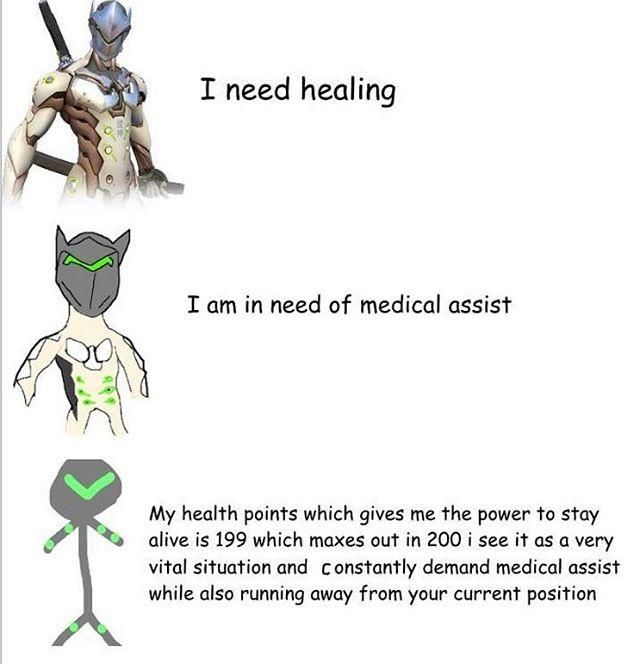 In our country, this drug is difficult to find in pharmacies, so butamirate can be used as an alternative. It is not in the manuals, but from experience I can say that it really alleviates the condition of patients. nine0003
In our country, this drug is difficult to find in pharmacies, so butamirate can be used as an alternative. It is not in the manuals, but from experience I can say that it really alleviates the condition of patients. nine0003
If you suffer from stuffy nose and mucus, decongestants (i.e. vasoconstrictors) can help. They pierce the nose and allow you to breathe, but be careful: they can be taken for no more than 3 days, otherwise addiction develops. Sprays based on ipratropium bromide can also help. They reduce sneezing and mucus flow. You can rinse your nose with saline solutions. There is not much evidence for their effectiveness, but they do exist.
What is not worth spending money on? nine0265
Antibiotics. These drugs should not be used for colds unless they are indicated for a proven bacterial infection. No "for prevention" and "so that there are no complications."
Intranasal glucocorticoids. They are not needed for colds.
